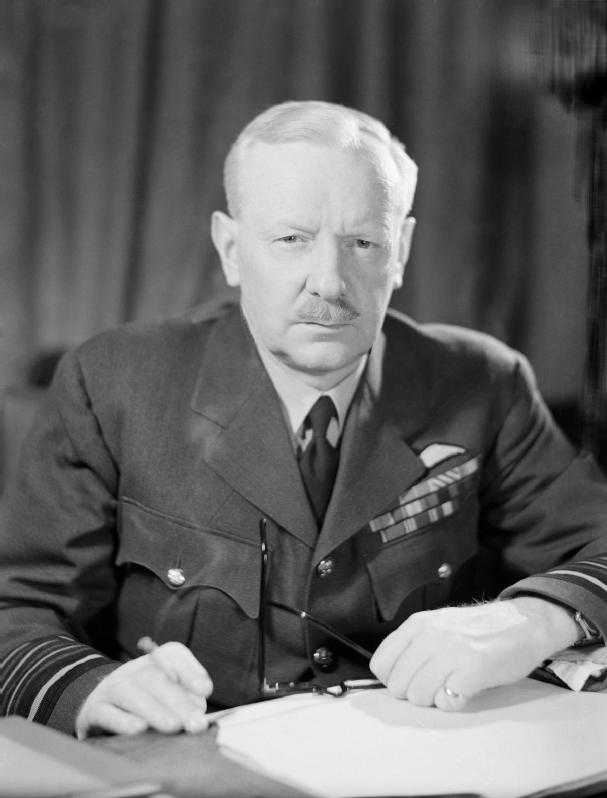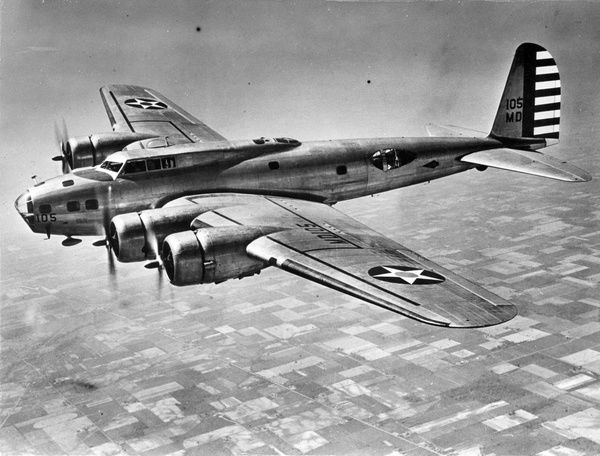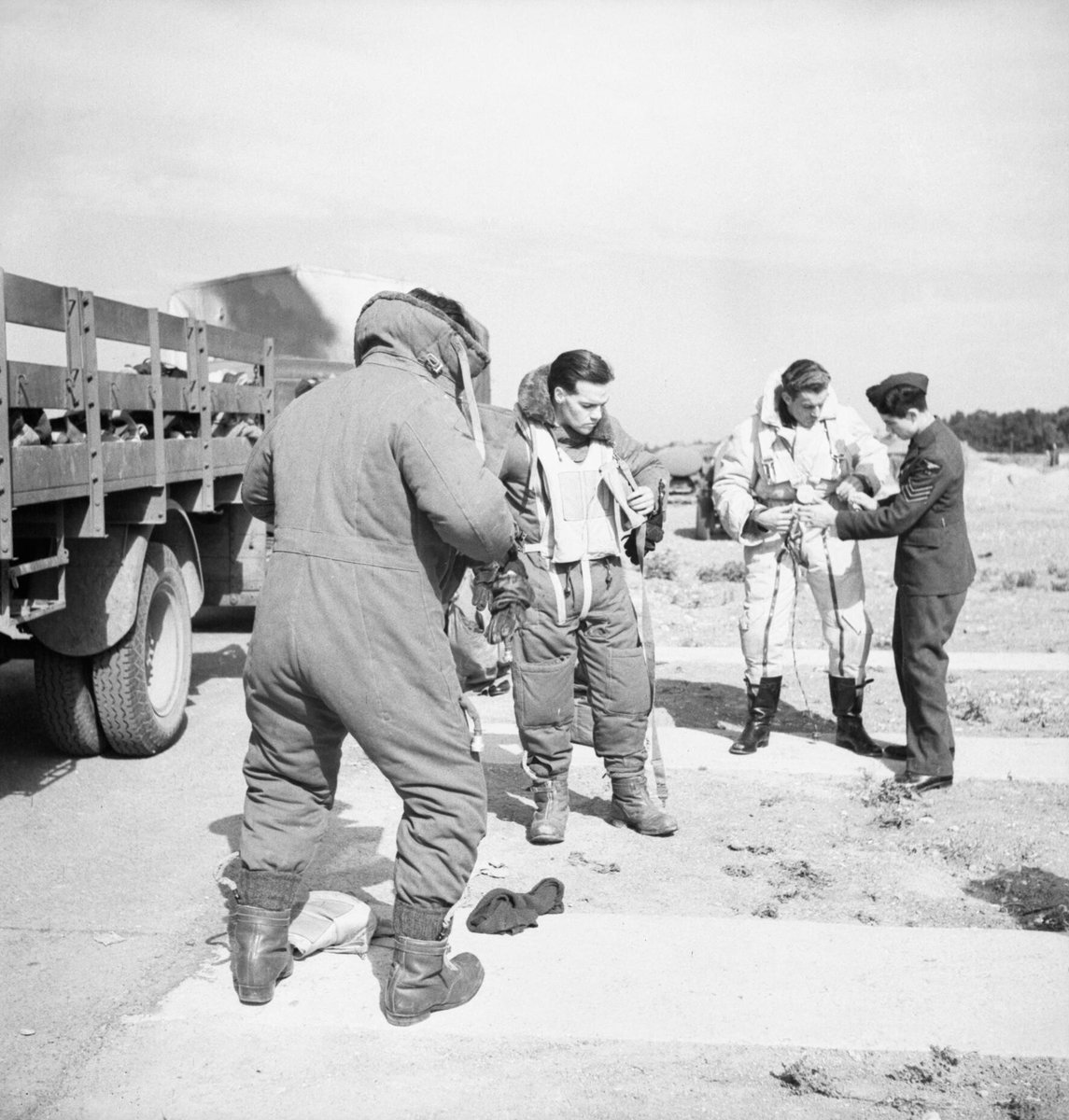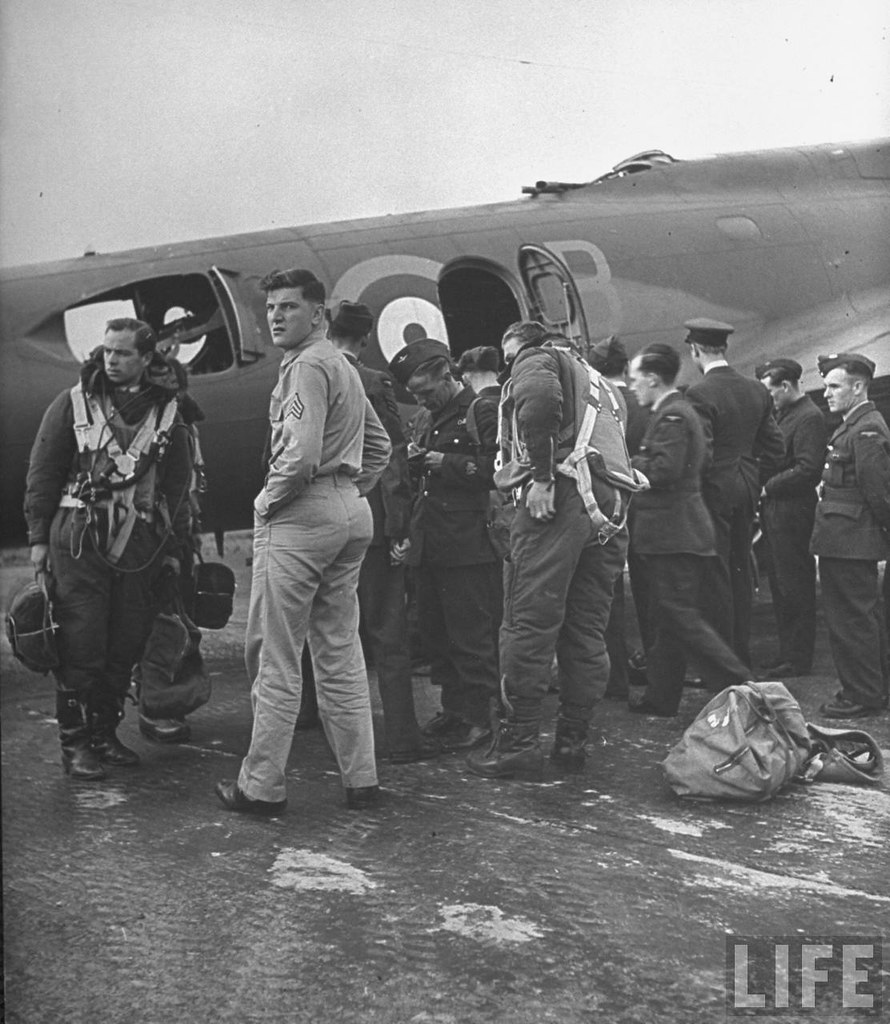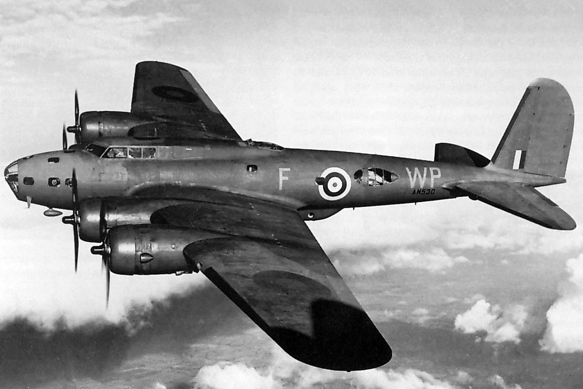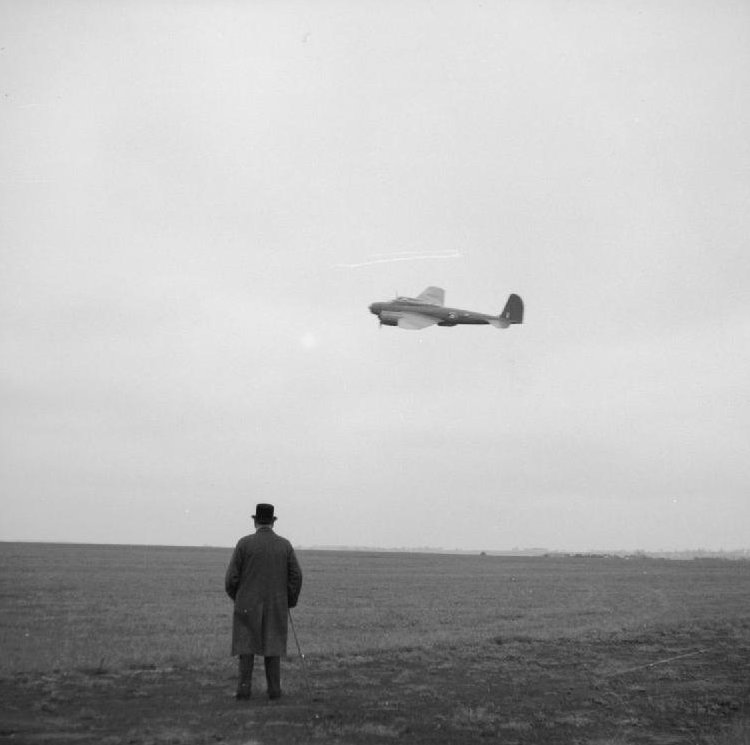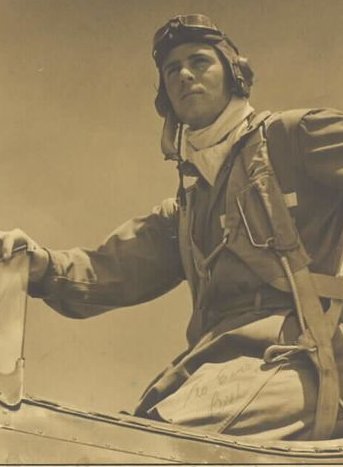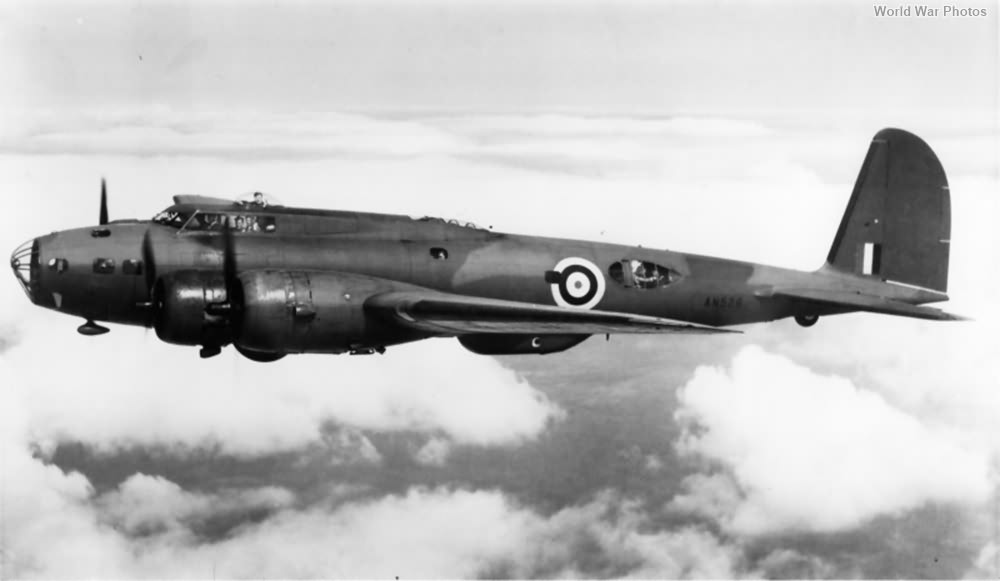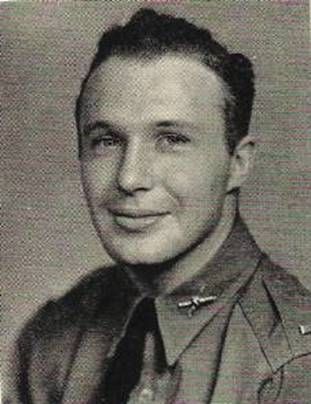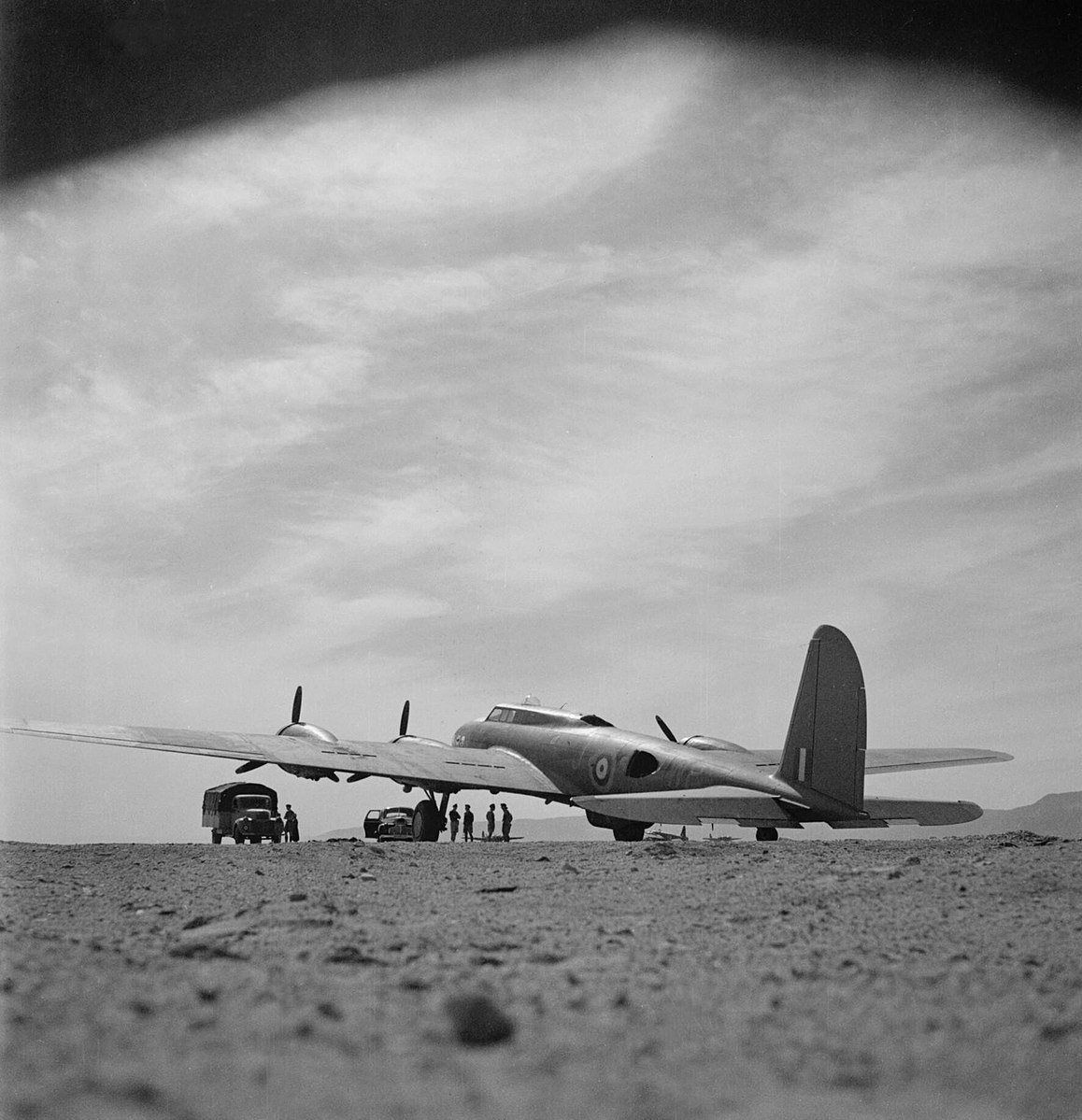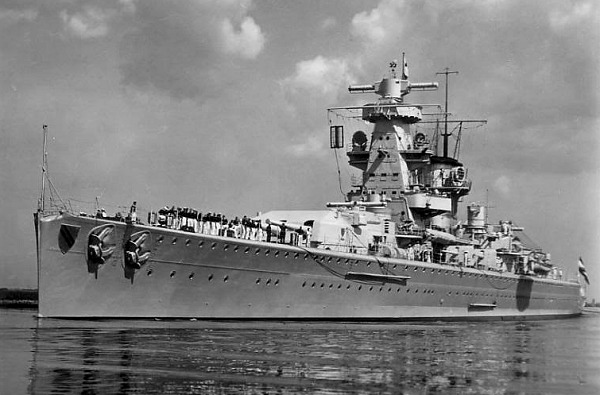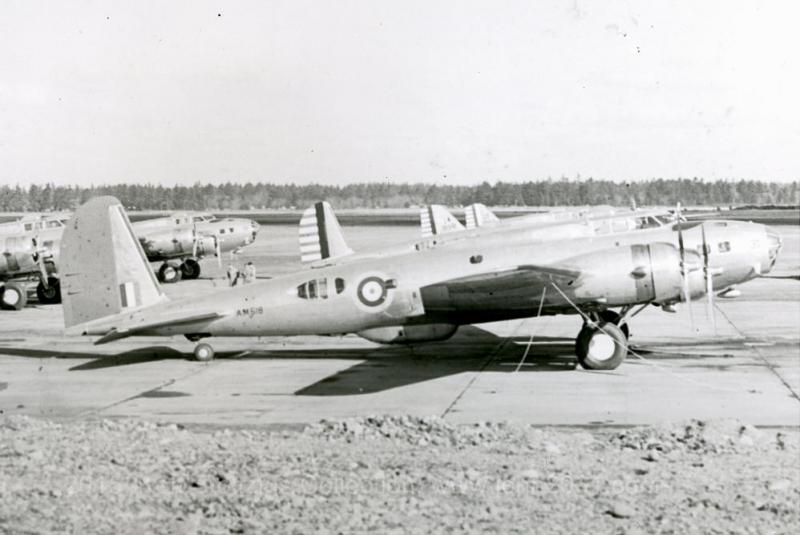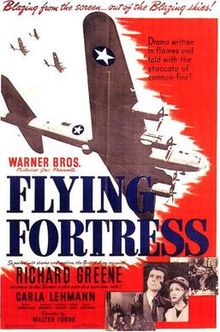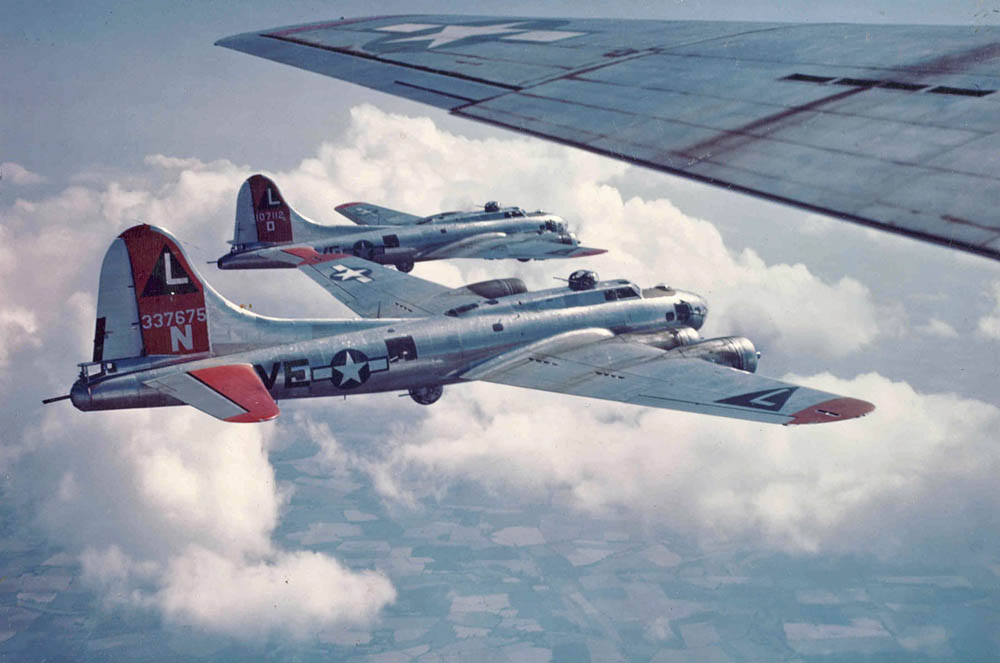Eighty years ago yesterday, 90 Squadron (RAF) was re-formed at RAF Watton, Norfolk. It& #39;s purpose was to introduce the famous B-17 Flying Fortress to combat over Europe. The new bomber& #39;s early operations, however, were fraught with difficulty. A thread  https://abs.twimg.com/emoji/v2/... draggable="false" alt="👇🏻" title="Rückhand Zeigefinger nach unten (heller Hautton)" aria-label="Emoji: Rückhand Zeigefinger nach unten (heller Hautton)">
https://abs.twimg.com/emoji/v2/... draggable="false" alt="👇🏻" title="Rückhand Zeigefinger nach unten (heller Hautton)" aria-label="Emoji: Rückhand Zeigefinger nach unten (heller Hautton)">
Air Commodore Arthur Harris had been part of the British Purchasing Commission, which visited the US in 1938. He made it clear he was no fan of the B-17. On seeing Boeing& #39;s Model 299& #39;s nose, he thought it & #39;more appropriately located in an amusement park than in a war plane.& #39; 1/15
Three years later, Roosevelt& #39;s Lend-Lease bill was passed by the US Senate. Despite Harris& #39; obvious disdain for the aircraft, the British government purchased 20 modified Model 299s - by then, known as the B-17C. The RAF would eventually term the aircraft, Fortress I. 2/15
90 Squadron was a former Royal Flying Corps& #39; unit, which had been re-activated to evaluate the new bomber. Only the cream of RAF Bomber Command& #39;s crews were allowed to apply. Each had to be younger than 24 and physically fit. Sixty percent of applications were turned down. 3/15
Under the covert instruction of the US Army Air Corps& #39; officers, 90 Squadron& #39;s crews were converted to the new bomber. While training at high-altitude, they also had to contend with a major shift from the usual sorties they& #39;d been used to. The B-17 would be bombing by day. 4/15
The bomber was dubbed & #39;the gentleman& #39;s aircraft& #39; due to its fitted ashtrays, carpeted floors and padded walls. Some of the crews, though, were less than happy with having to wash their guns in petrol and lifting 50-pound ammunition containers onto the aircraft& #39;s mountings. 5/15
On June 6, 1941, Winston Churchill visited 90 Squadron at its new base, Norfolk& #39;s RAF Massingham, to inspect the crews and their B-17s. He was joined by member of the War Cabinet, Clement Atlee; Chief of the Air Staff, Charles Portal; and Air Marshal William Sholto-Douglas. 6/15
Two weeks later, one of 90 Squadron& #39;s new Fortresses carried out a test flight. After entering a thunderstorm, it disintegrated, carrying eight men to their deaths - including 1st Lt. Follett Bradley, Jr. - purportedly the first USAAC officer to be killed on active duty. 7/15
Six days later, 90 Squadron moved to Polebrook to begin its combat operations. Still under construction, the airfield had previously been a potato patch. It eventually hosted the 97th Bomb Group, which would carry out the USAAF& #39;s first heavy bomber raid on August 17, 1942. 8/15
On July 8, 1941, three B-17s took off to attack a submarine loading docks at Wilhelmshaven. One developed an oil leak, which froze on the tailplane and caused severe vibrations, forcing it to divert. Another had two bombs firmly stuck, while the third dropped successfully. 9/15
Two operations followed, including one on the battleship, Gneisenau. Four days later, a second B-17 broke up over England. Laird Woodruff Hendricks, who& #39;d arrived only three days earlier, was one of seven killed. Hendricks Army Airfield in Florida was named in his honour. 10/15
The first to be downed as a result of enemy action came on August 16, when 90 Squadron continued its pursuit of Gneisenau. Two He 113s attacked AN532 at 30,000ft in the highest interception of the war so far. The B-17 eventually crash-landed at RAF Roborough, killing two. 11/15
90 Squadron attacked another battleship, the Admiral Scheer, in Oslo just over three weeks later. Two Fortress Is were lost in combat, while another was forced to climb to 34,000ft to avoid fighter attacks. It eventually crash-landed at RAF Kinloss with one dead crewman. 12/15
On September 25, after 52 sorties and three combat losses, the RAF& #39;s experiment had failed. Ineffective bombing, frozen guns and insufficient strength in numbers were blamed. But better clothing, enhanced lubricants and self-sealing fuel tanks were some of the advancements. 13/15

 Read on Twitter
Read on Twitter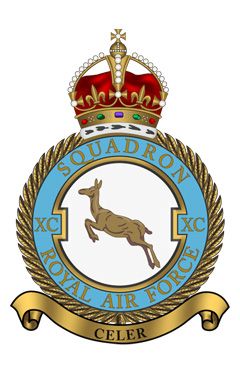 " title="Eighty years ago yesterday, 90 Squadron (RAF) was re-formed at RAF Watton, Norfolk. It& #39;s purpose was to introduce the famous B-17 Flying Fortress to combat over Europe. The new bomber& #39;s early operations, however, were fraught with difficulty. A thread https://abs.twimg.com/emoji/v2/... draggable="false" alt="👇🏻" title="Rückhand Zeigefinger nach unten (heller Hautton)" aria-label="Emoji: Rückhand Zeigefinger nach unten (heller Hautton)">" class="img-responsive" style="max-width:100%;"/>
" title="Eighty years ago yesterday, 90 Squadron (RAF) was re-formed at RAF Watton, Norfolk. It& #39;s purpose was to introduce the famous B-17 Flying Fortress to combat over Europe. The new bomber& #39;s early operations, however, were fraught with difficulty. A thread https://abs.twimg.com/emoji/v2/... draggable="false" alt="👇🏻" title="Rückhand Zeigefinger nach unten (heller Hautton)" aria-label="Emoji: Rückhand Zeigefinger nach unten (heller Hautton)">" class="img-responsive" style="max-width:100%;"/>
